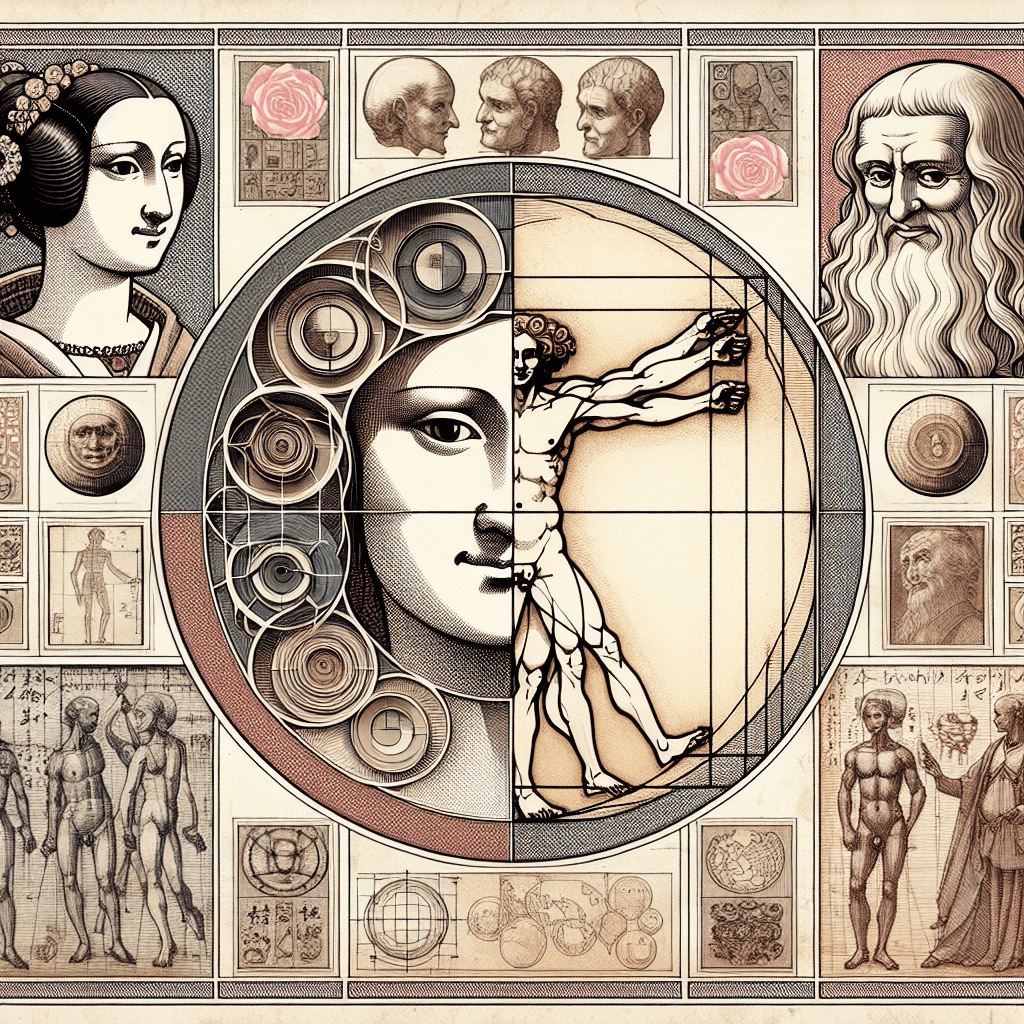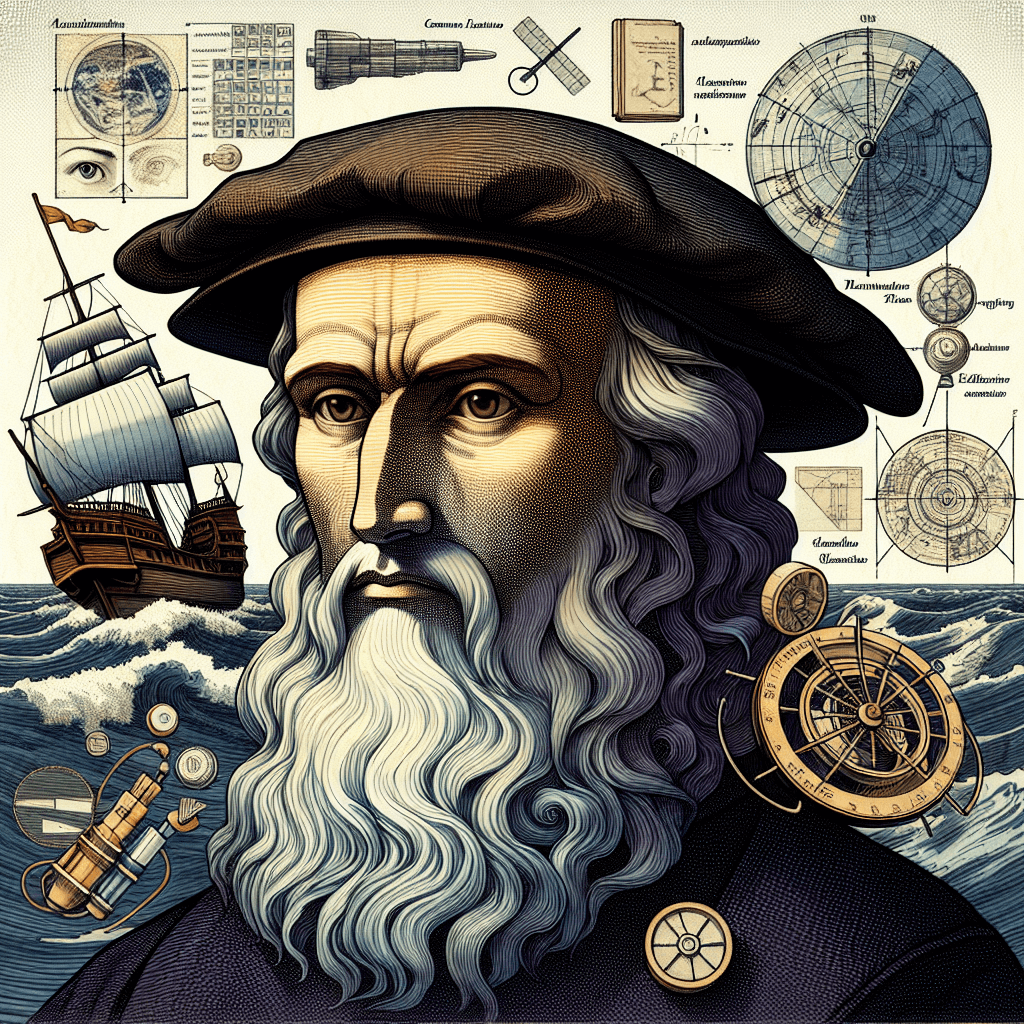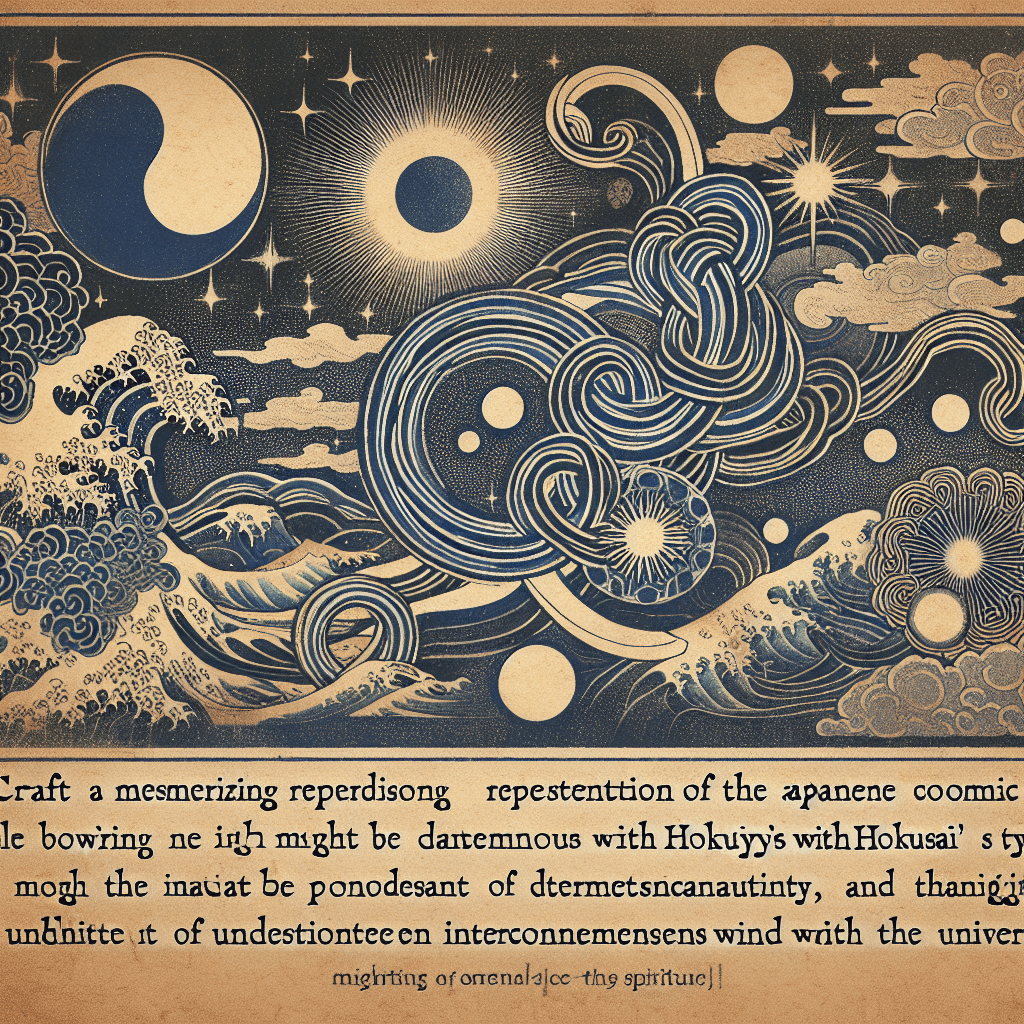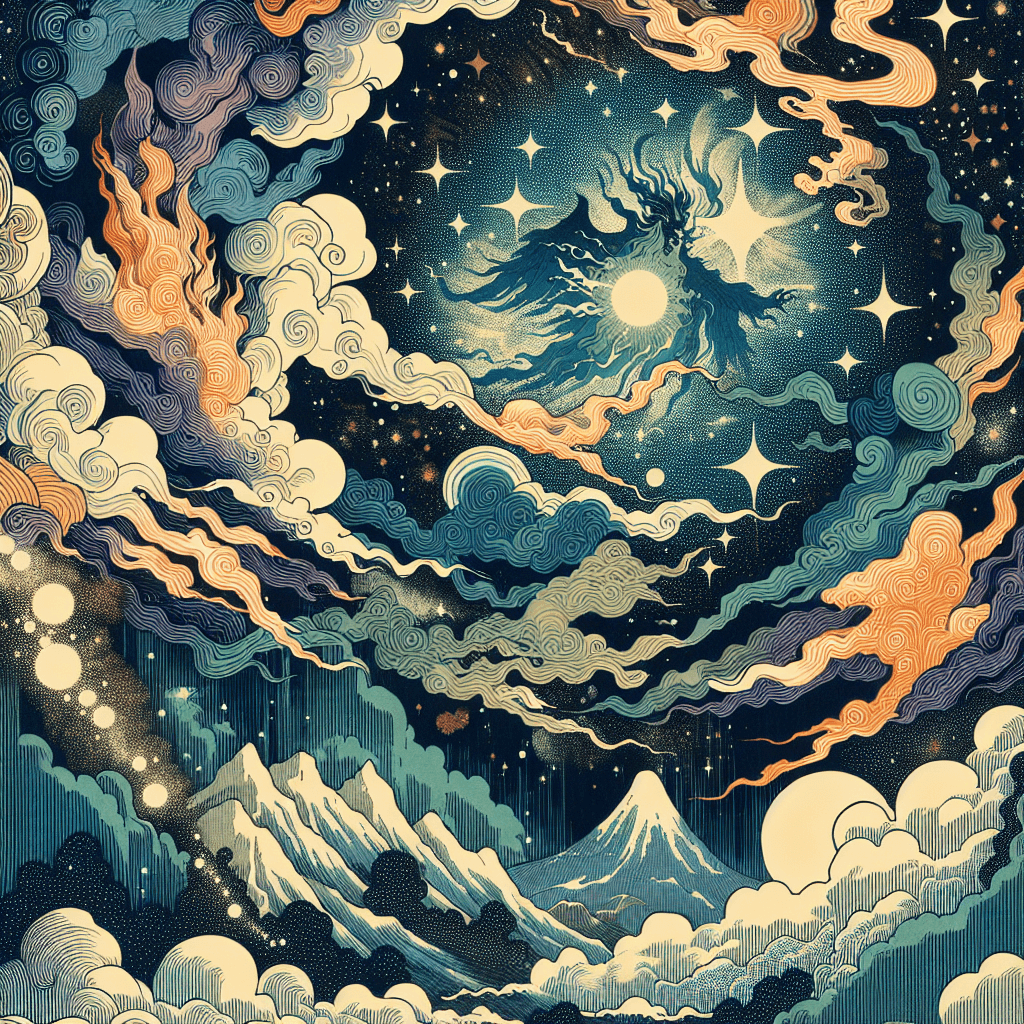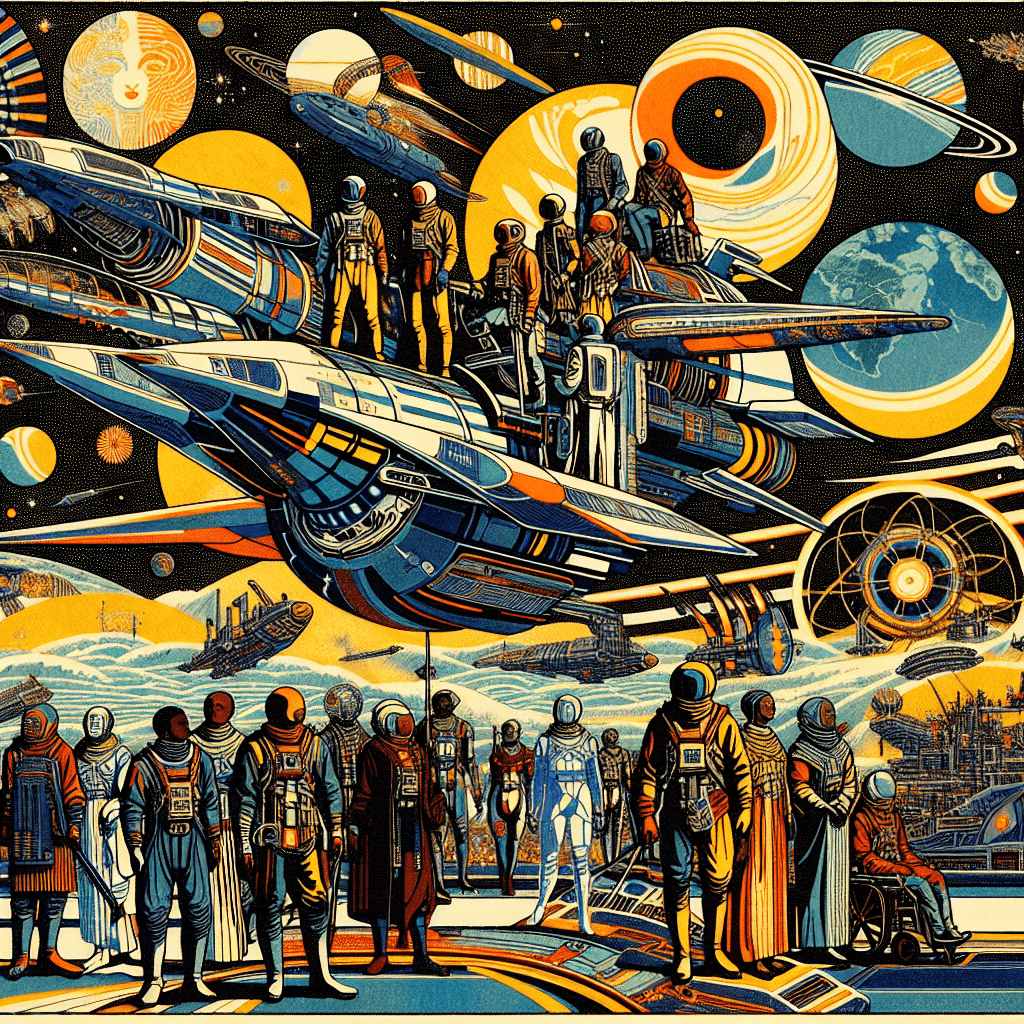Scientific Observations and Writings: Leonardo da Vinci’s Relentless Curiosity
syndu | Feb. 20, 2025, 5 p.m.
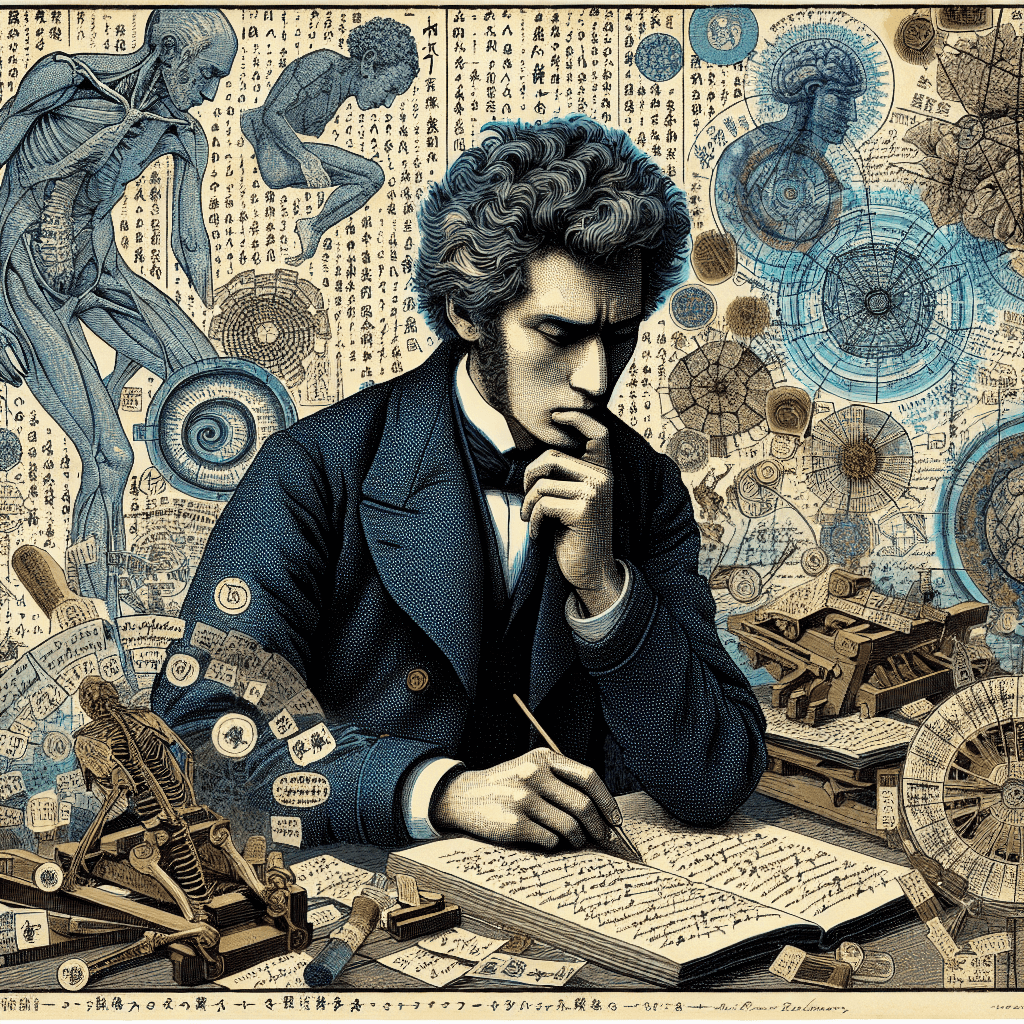
Scientific Observations and Writings: Leonardo da Vinci’s Relentless Curiosity
Leonardo da Vinci, a towering figure of the Renaissance, is celebrated not only for his artistic masterpieces but also for his groundbreaking contributions to science and observation. His notebooks, filled with sketches and writings, reveal a mind driven by an insatiable curiosity and a desire to understand the natural world. This blog post delves into Leonardo’s scientific endeavors, exploring his studies across anatomy, geology, and astronomy, and highlighting the enduring impact of his intellectual pursuits.
Anatomical Studies: Unveiling the Human Body
Leonardo’s fascination with the human body led him to conduct extensive anatomical studies, making him one of the pioneers of modern anatomy.
He meticulously dissected human cadavers, documenting his findings with detailed sketches and notes. These studies provided unprecedented insights into the structure and function of the human body, from the intricacies of muscles and bones to the complexities of the circulatory and nervous systems.
Leonardo’s anatomical drawings are renowned for their accuracy and attention to detail. His depiction of the human heart, for example, includes observations on the heart’s chambers and valves, showcasing his ability to blend artistic skill with scientific inquiry. These studies not only advanced the field of anatomy but also influenced generations of artists and scientists, setting a new standard for anatomical illustration.
Geological Observations: Reading the Earth’s History
Leonardo’s curiosity extended beyond the human body to the broader natural world. He was particularly interested in geology, studying rock formations, fossils, and the processes that shape the Earth’s surface. His observations led him to challenge prevailing theories of his time, such as the belief that fossils were remnants of the biblical flood. Instead, Leonardo proposed that fossils were the remains of ancient marine life, deposited over time as the Earth’s landscape changed.
Leonardo’s geological insights were ahead of his time, foreshadowing modern understandings of sedimentation and the Earth’s geological history. His notebooks contain sketches of rock strata and erosion patterns, reflecting his keen observation of natural phenomena. These studies demonstrate Leonardo’s ability to apply empirical observation to scientific inquiry, laying the groundwork for future advancements in geology.
Astronomical Studies: Gazing at the Cosmos
Leonardo’s interest in the cosmos is evident in his astronomical studies, where he explored the movements of celestial bodies and the nature of light. He observed the phases of the moon, the reflection of light, and the principles of optics, seeking to understand the mechanics of the universe. His writings on astronomy reveal a mind grappling with the mysteries of the cosmos, driven by a desire to uncover the underlying principles governing the natural world.
While Leonardo’s astronomical studies were limited by the technology of his time, his observations laid the foundation for future discoveries. His work on optics, for example, contributed to the development of the camera obscura, a precursor to the modern camera. Leonardo’s exploration of light and vision also informed his artistic techniques, allowing him to create paintings with remarkable realism and depth.
Conclusion
Leonardo da Vinci’s scientific observations and writings reveal a mind that was centuries ahead of its time. His relentless curiosity and dedication to empirical observation set a new standard for scientific inquiry, influencing fields as diverse as anatomy, geology, and astronomy. Through his notebooks and sketches, Leonardo left a legacy of intellectual exploration that continues to inspire scientists and artists alike.
As we delve into Leonardo’s scientific endeavors, we gain a deeper appreciation for his ability to transcend the boundaries of art and science. His work serves as a testament to the power of curiosity and the enduring quest for knowledge and understanding. Leonardo da Vinci’s legacy reminds us that the pursuit of discovery is a timeless endeavor, one that continues to shape our understanding of the world and our place within it.
